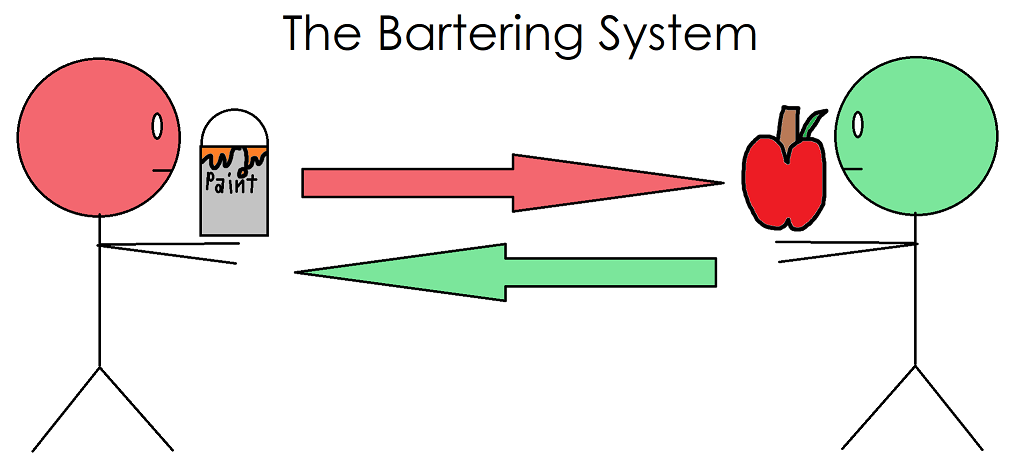10 Fun Facts About the Weird and Wonderful History of Money
The history of money is a tale as old as civilization itself, deeply intertwined with the evolution of societies and the complexities of human interaction. From the earliest bartering systems to the sophisticated digital currencies of today, money has continually adapted to meet the needs of the societies it serves. This article embarks on a journey through time, exploring the quirky and often bizarre milestones that have shaped the saga of money's past. By examining these peculiar developments, we gain not only a deeper understanding of economic history but also a unique perspective on how human ingenuity and cultural dynamics have continually redefined the concept of value. As we delve into this chronicle, we will uncover the fascinating stories of how money has morphed from simple tokens to complex symbols of power and trust, each transition reflecting the ever-changing tapestry of human civilization.
1. Barter and Beyond: The Birth of Exchange

Long before coins and banknotes, human societies relied on barter systems, trading goods and services directly to fulfill their needs. Barter, while simple, was fraught with limitations, primarily the need for a double coincidence of wants. This inefficiency led to the emergence of commodity money—items like shells, grains, and livestock—that held intrinsic value. These commodities became the first standardized mediums of exchange, facilitating trade across communities. The transition from barter to commodity money marked a significant leap in economic sophistication, laying the groundwork for future monetary innovations. This evolution reflects humanity's innate drive to simplify and streamline economic transactions, paving the way for the complex financial systems we navigate today.